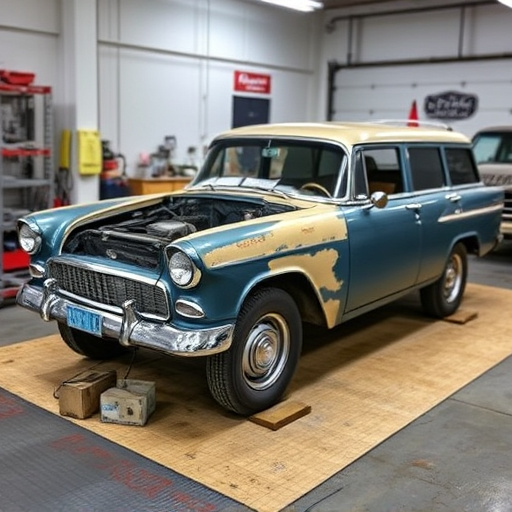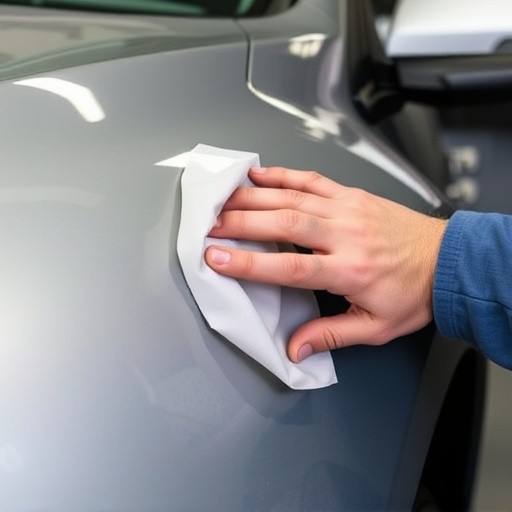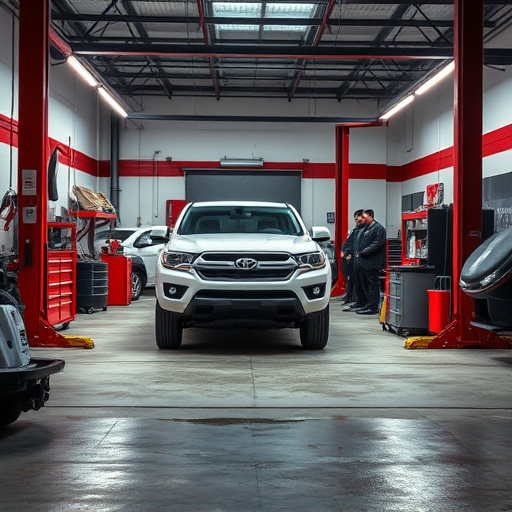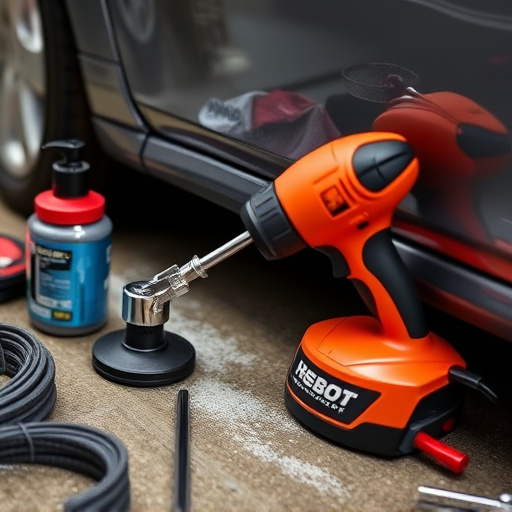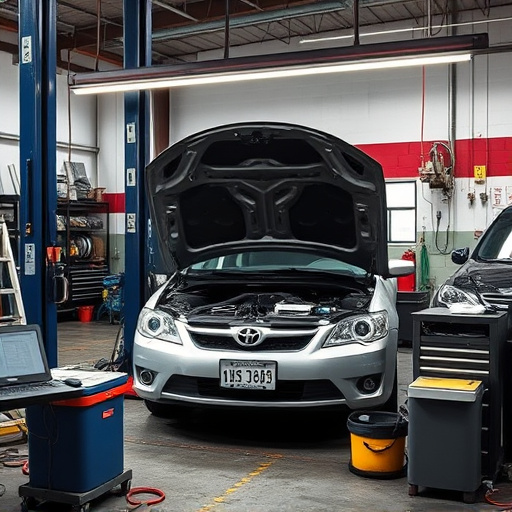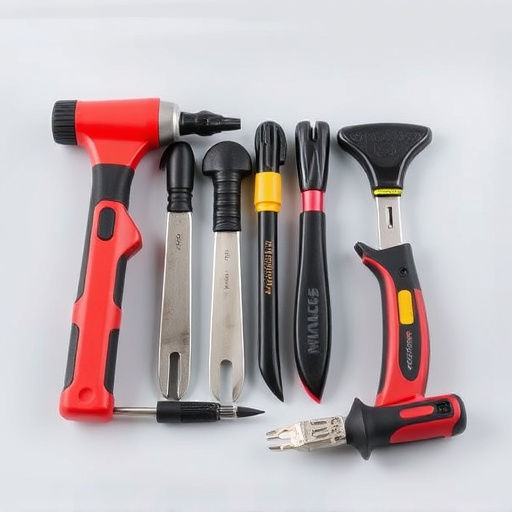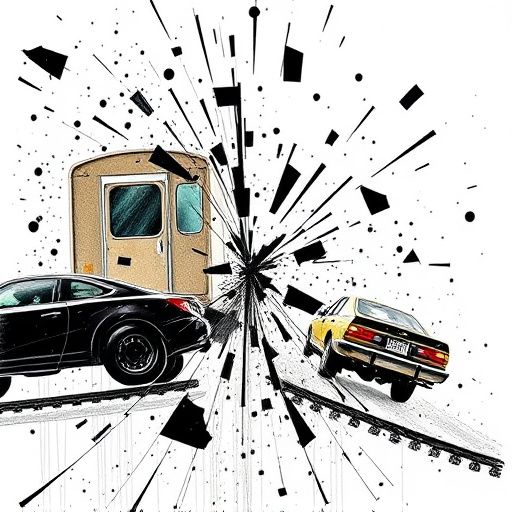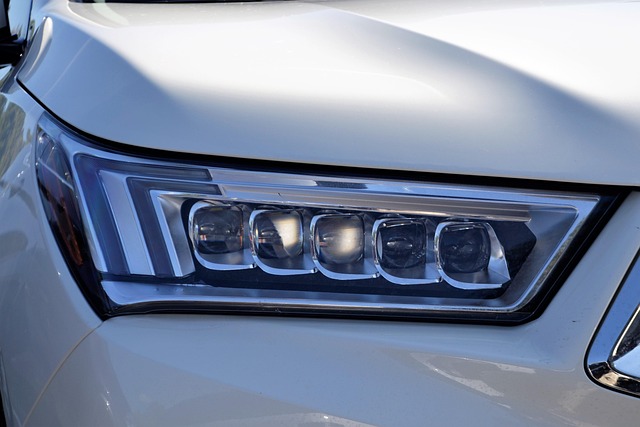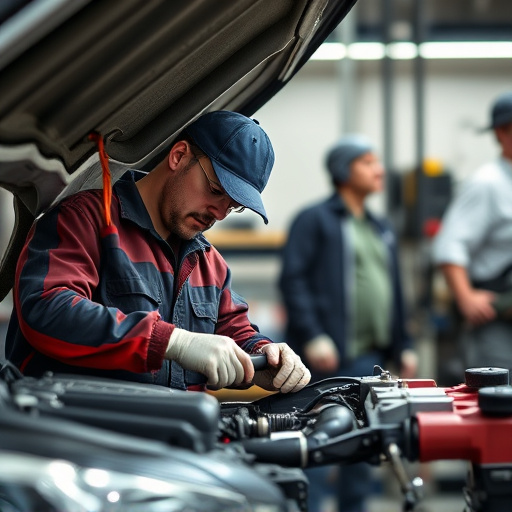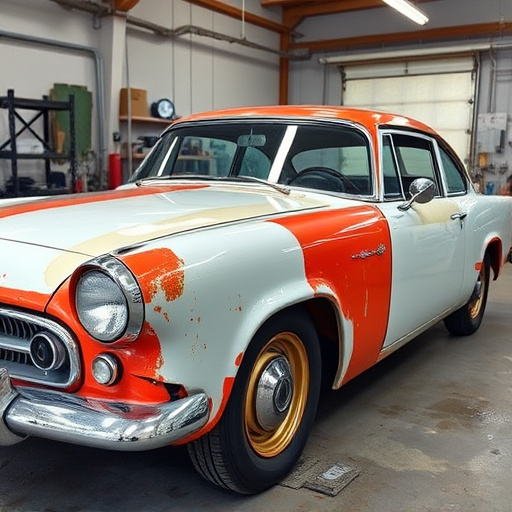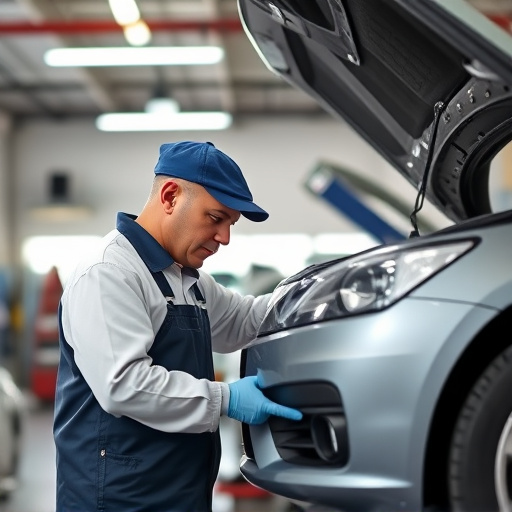Unexpected vehicle repairs can strain budgets, but understanding repair financing options is crucial for effective cost management. For car owners or lessees, choices include secure credit cards, personal loans, and automotive-focused financing from traditional lenders. Leased vehicles typically face higher upfront repair costs due to maintaining vehicle value while owned vehicles bear all expenses outright, offering flexibility with no devaluation concerns. Both should align their financing options with their financial circumstances. Navigating repair financing involves understanding diverse options, assessing damage severity, comparing rates, and ensuring financial readiness for quality repairs without unexpected costs.
In today’s digital era, understanding repair financing options for vehicles is more crucial than ever. Whether you’re leasing or owning, unexpected repairs can significantly impact your budget. This article delves into the diverse repair financing options available, helping you navigate through the maze of choices. We compare lease and owned vehicle repair costs, offering practical tips and best practices to ensure you make informed decisions. By exploring these strategies, folks can efficiently manage their automotive expenses without compromising financial stability.
- Understanding Repair Financing Options for Vehicles
- Comparing Lease and Owned Vehicle Repair Costs
- Navigating Repair Financing: Tips and Best Practices
Understanding Repair Financing Options for Vehicles
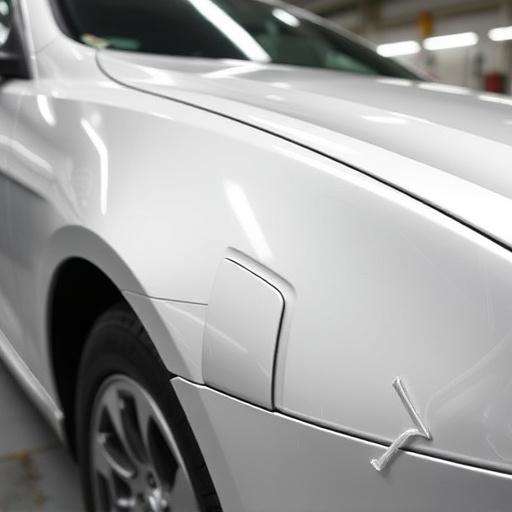
When it comes to unexpected vehicle repairs, understanding your financing options is crucial. Whether you own or lease a car, repair costs can vary widely, from routine maintenance to significant unexpected issues. Familiarizing yourself with available repair financing options allows for greater flexibility and peace of mind when facing these expenses.
For both owned and leased vehicles, exploring secure credit cards, personal loans, or automotive-specific financing plans from banks or credit unions can be beneficial. Additionally, for classic car enthusiasts involved in restoration projects, specialized lenders cater to the unique needs of historic vehicle repairs, offering options tailored for tire services, auto body repairs, and other specialized work.
Comparing Lease and Owned Vehicle Repair Costs
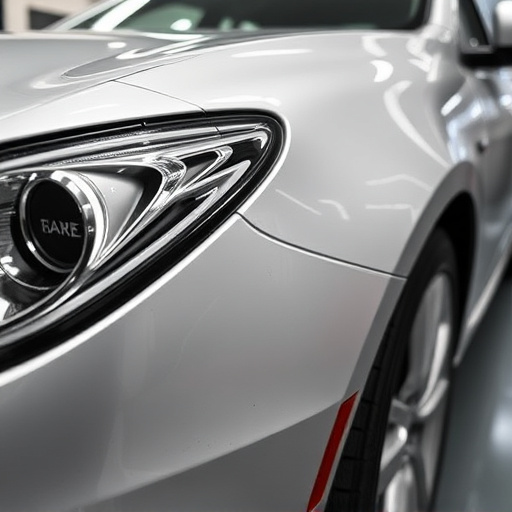
When comparing lease vs owned vehicles in terms of repair costs, several factors come into play. Leased vehicles often have higher upfront costs for repairs due to the need to maintain the vehicle’s value for the duration of the lease period. This means regular maintenance and prompt attention to any issues is crucial to avoid significant expenses. On the other hand, owned vehicles offer more flexibility in managing repairs, as the owner bears all costs without worrying about devaluation.
For instance, while collision repair or tire services might be covered under a lease agreement for a certain period, an owner would bear these expenses outright. However, over time, owned vehicles can offer cost savings due to the absence of lease payments and residual value considerations. This makes it important for both lessees and owners to consider their specific financial circumstances and choose repair financing options that align with their needs and budget constraints.
Navigating Repair Financing: Tips and Best Practices

Navigating the world of repair financing can be a complex task, whether your vehicle is leased or fully owned. The first step is to understand your options—a crucial aspect when facing unexpected repair bills. Repair financing options range from traditional loans to specialized automotive financing plans tailored for leaseholders and car owners.
When considering repairs, especially for more extensive jobs like car body restoration or vehicle paint repair, it’s wise to start by assessing the extent of damage. For minor dents and scratches, dedicated dent repair services often offer flexible payment plans. Compare rates and terms from various providers to find the best fit. This proactive approach ensures you’re prepared financially and can access quality repairs without the added stress of unexpected costs.
When it comes to repairing your lease or owned vehicle, understanding your repair financing options is key. By comparing costs and leveraging best practices for navigating these options, you can make informed decisions that fit your budget and needs. Remember, whether through leasing or ownership, prioritizing regular maintenance and proactive care can help minimize unexpected repair bills down the line. In exploring repair financing alternatives, you’re not just fixing a vehicle; you’re securing its longevity and value for years to come.
